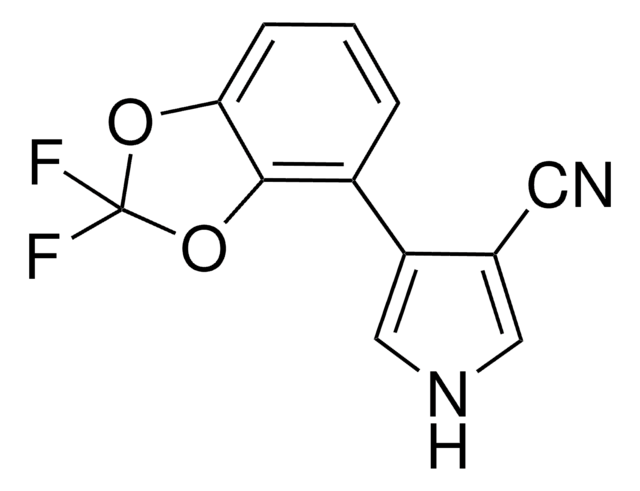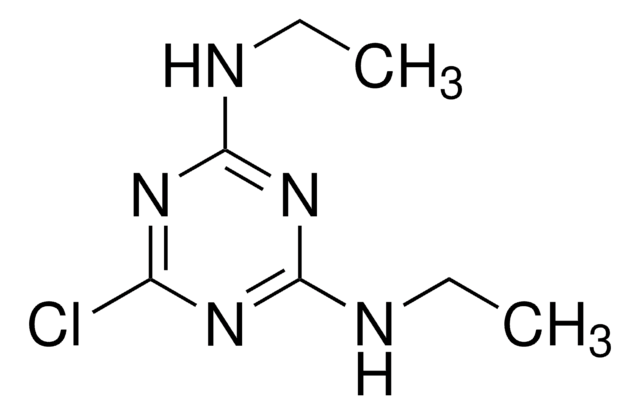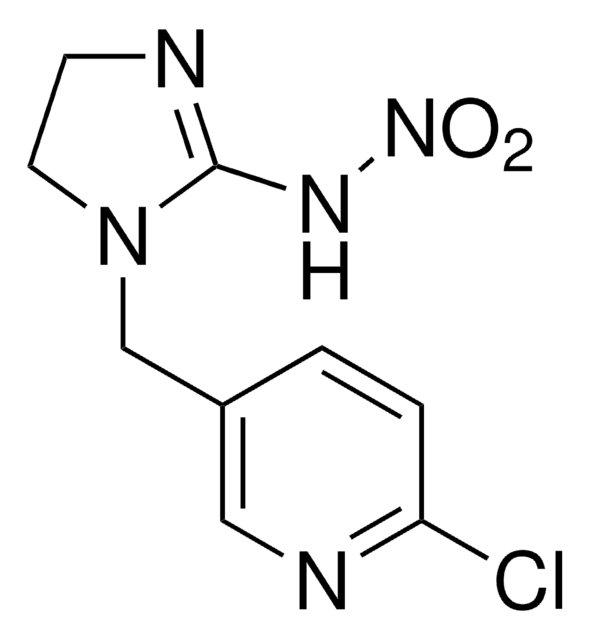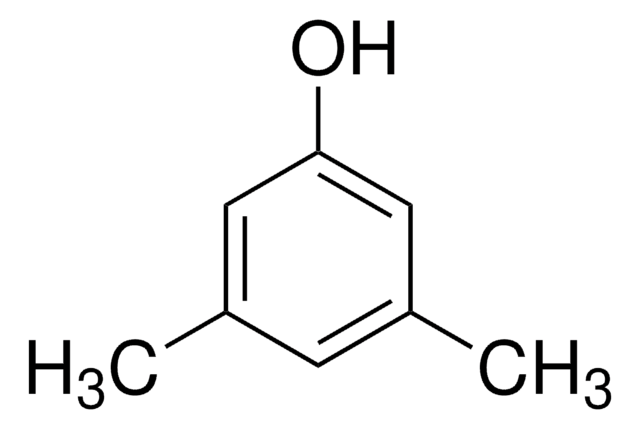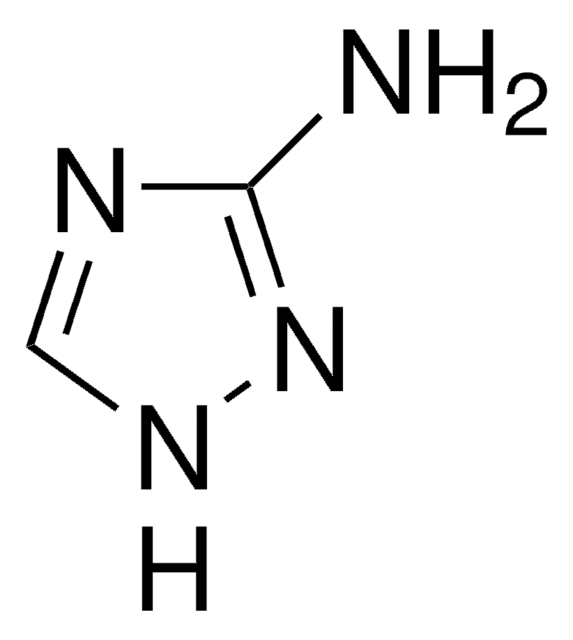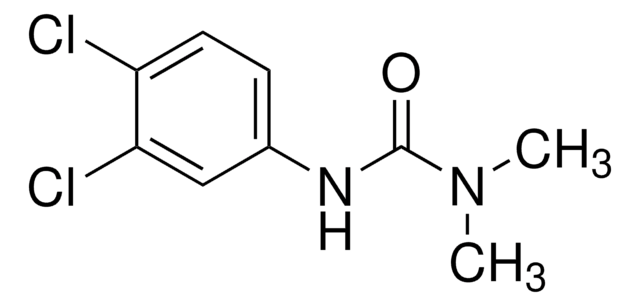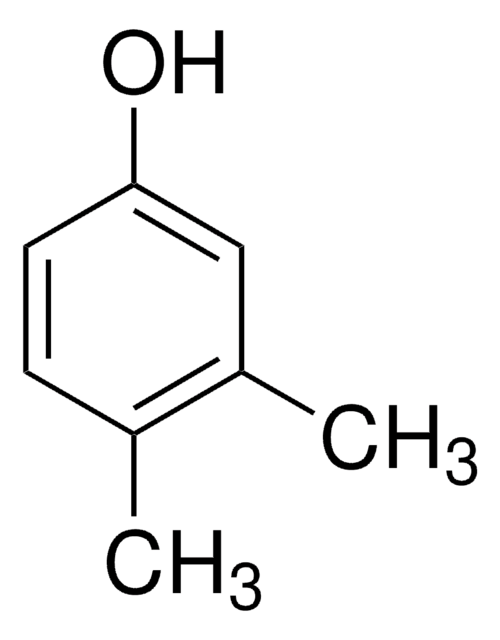Kluczowe dokumenty
36717
3,5-Dimethylphenol
PESTANAL®, analytical standard
Synonim(y):
5-Hydroxy-m-xylene, sym.-m-Xylenol
About This Item
Polecane produkty
klasa czystości
analytical standard
linia produktu
PESTANAL®
okres trwałości
limited shelf life, expiry date on the label
metody
HPLC: suitable
gas chromatography (GC): suitable
bp
222 °C (lit.)
mp
61-64 °C (lit.)
Zastosowanie
agriculture
cleaning products
cosmetics
environmental
flavors and fragrances
food and beverages
personal care
Format
neat
ciąg SMILES
Cc1cc(C)cc(O)c1
InChI
1S/C8H10O/c1-6-3-7(2)5-8(9)4-6/h3-5,9H,1-2H3
Klucz InChI
TUAMRELNJMMDMT-UHFFFAOYSA-N
Szukasz podobnych produktów? Odwiedź Przewodnik dotyczący porównywania produktów
Zastosowanie
Informacje prawne
Hasło ostrzegawcze
Danger
Zwroty wskazujące rodzaj zagrożenia
Zwroty wskazujące środki ostrożności
Klasyfikacja zagrożeń
Acute Tox. 3 Dermal - Acute Tox. 3 Oral - Eye Dam. 1 - Skin Corr. 1B
Kod klasy składowania
6.1A - Combustible acute toxic Cat. 1 and 2 / very toxic hazardous materials
Klasa zagrożenia wodnego (WGK)
WGK 2
Temperatura zapłonu (°F)
179.6 °F
Temperatura zapłonu (°C)
82 °C
Środki ochrony indywidualnej
Eyeshields, Faceshields, Gloves, type P2 (EN 143) respirator cartridges, type P3 (EN 143) respirator cartridges
Wybierz jedną z najnowszych wersji:
Certyfikaty analizy (CoA)
Nie widzisz odpowiedniej wersji?
Jeśli potrzebujesz konkretnej wersji, możesz wyszukać konkretny certyfikat według numeru partii lub serii.
Masz już ten produkt?
Dokumenty związane z niedawno zakupionymi produktami zostały zamieszczone w Bibliotece dokumentów.
Nasz zespół naukowców ma doświadczenie we wszystkich obszarach badań, w tym w naukach przyrodniczych, materiałoznawstwie, syntezie chemicznej, chromatografii, analityce i wielu innych dziedzinach.
Skontaktuj się z zespołem ds. pomocy technicznej